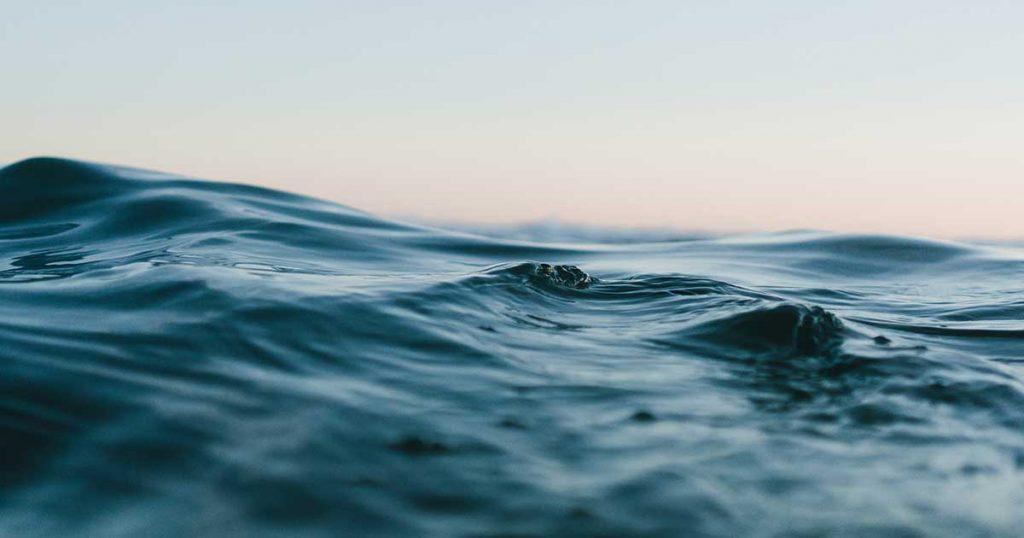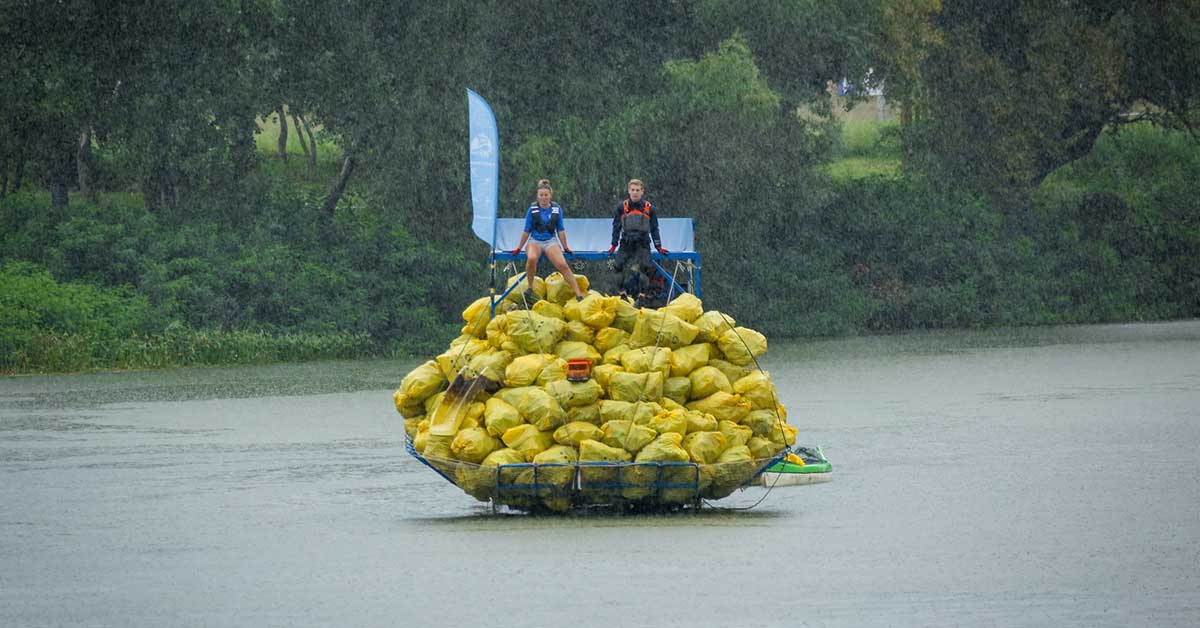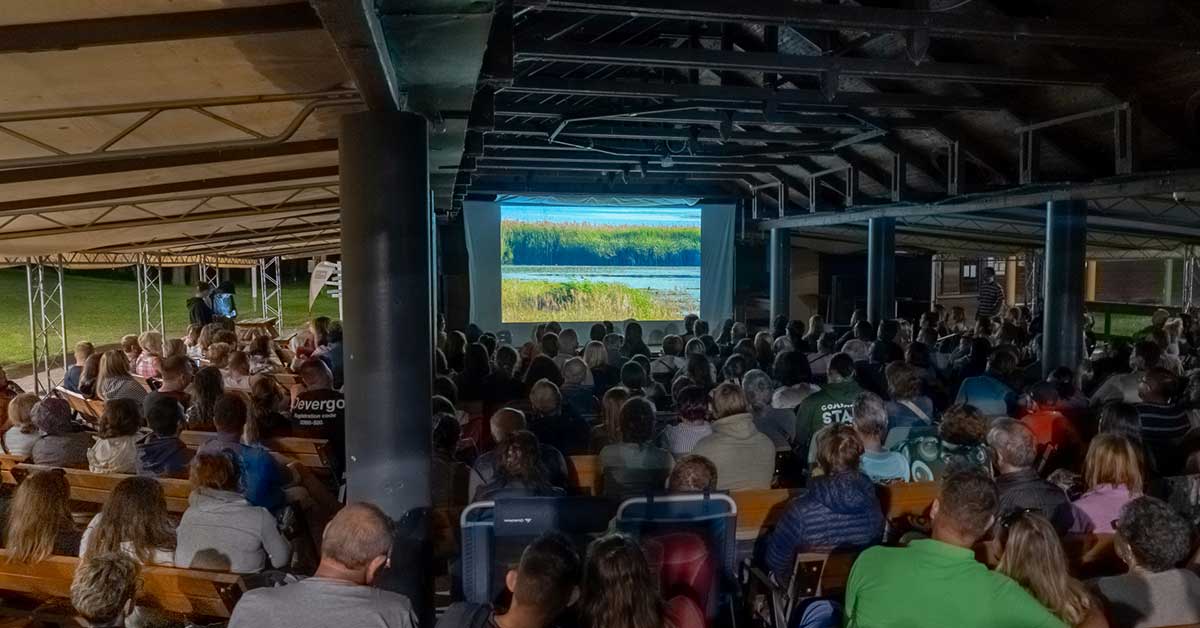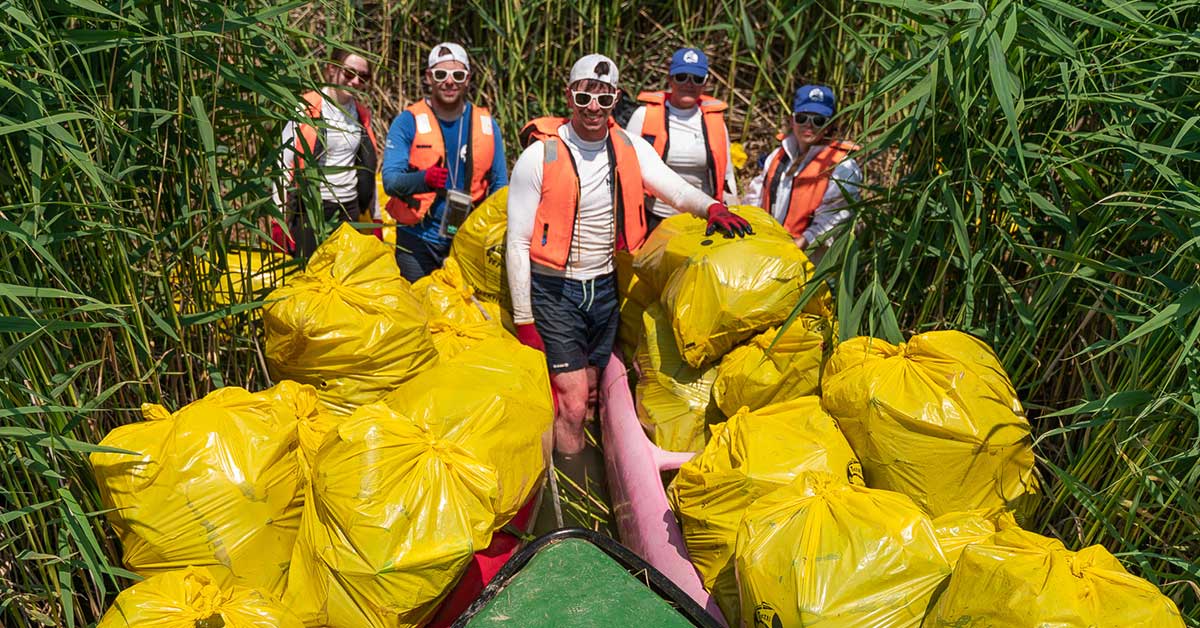
22 March this year marks the 30th World Water Day. It’s an opportunity to celebrate the many ways water gives us and to remember that water is something we often take for granted. Still, it is not valid for many of the Earth’s population.
Without water, not a single organism could survive on our planet: it is an essential element of life, and for us humans, it’s also the most diverse, being used for drinking, cooking, and washing at home and for all different industries from hydropower to industrial production, from irrigation to cleaning up our streets – and to that’s just us, but more importantly, water provides habitat for plants and animals: 78% of all fauna lives underneath the waves.
We often don’t think about how much water we use or its environmental impact. On Water Day, we can take the time to think about how the water of Tisza is used and how we can conserve it. We can also consider ways to protect and preserve its water resources for future generations.
Looking back at the past year, the issues with Tisza were numerous.
Firstly, the water quality of the river’s tributaries (e.g., Sajó) has been deteriorating due to the discharge of untreated industrial wastewater, decreasing biodiversity. We must also consider that if it happens repeatedly, pollutants in the river will also make it unsuitable for fishing, drinking water, and irrigation. Generally speaking, the water quality was the worst during the summer, when the water level was low, and the pollutants were more concentrated.
Secondly, the river was also subject to floods and droughts, causing damage to infrastructure, homes, and crops and soil erosion, which might lead to the loss of valuable topsoil and the silting up of the river.
Lastly, groundwater loss should also be mentioned around river Tisza: it was partly caused by the unreliable cycles of the droughts mentioned above, but another issue should be put on the table: over-extraction of groundwater for human and animal consumption as well as irrigation for crops. It may be the last problem on our list; however, we need to take it seriously, as in some cases, over-extraction can lead to aquifer depletion, which can take decades, if not centuries, to recover.
In their Water Day message, the United Nations (UN) alerted us that we need to take more water, and their warning is valid about river Tisza, too:
“World Water Day 2023 is about accelerating change to solve the water and sanitation crisis. Dysfunction throughout the water cycle undermines progress on all major global issues, from health to hunger, gender equality to jobs, industry education, disasters to peace. In 2015, the world committed to Sustainable Development Goal (SDG) 6 as part of the 2030 Agenda – the promise that everyone would have safely managed water and sanitation by 2030. Right now, we are seriously off-track. Billions of people and countless schools, businesses, healthcare centers, farms, and factories are being held back because their human rights to water and sanitation still need to be fulfilled. There is an urgent need to accelerate change – to go beyond ‘business as usual.’ The latest data show that governments must work four times faster to meet SDG 6 on time, but this is not a situation that any single actor or group can solve. Water affects everyone, so we need everyone to take action.”
You can learn how to save water on the UN’s website.


